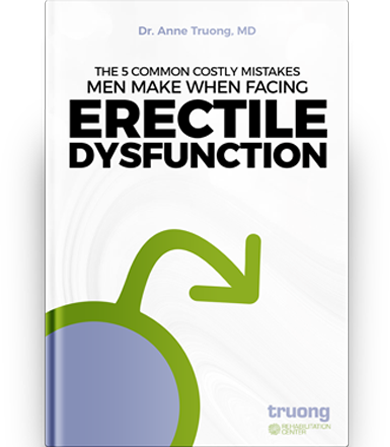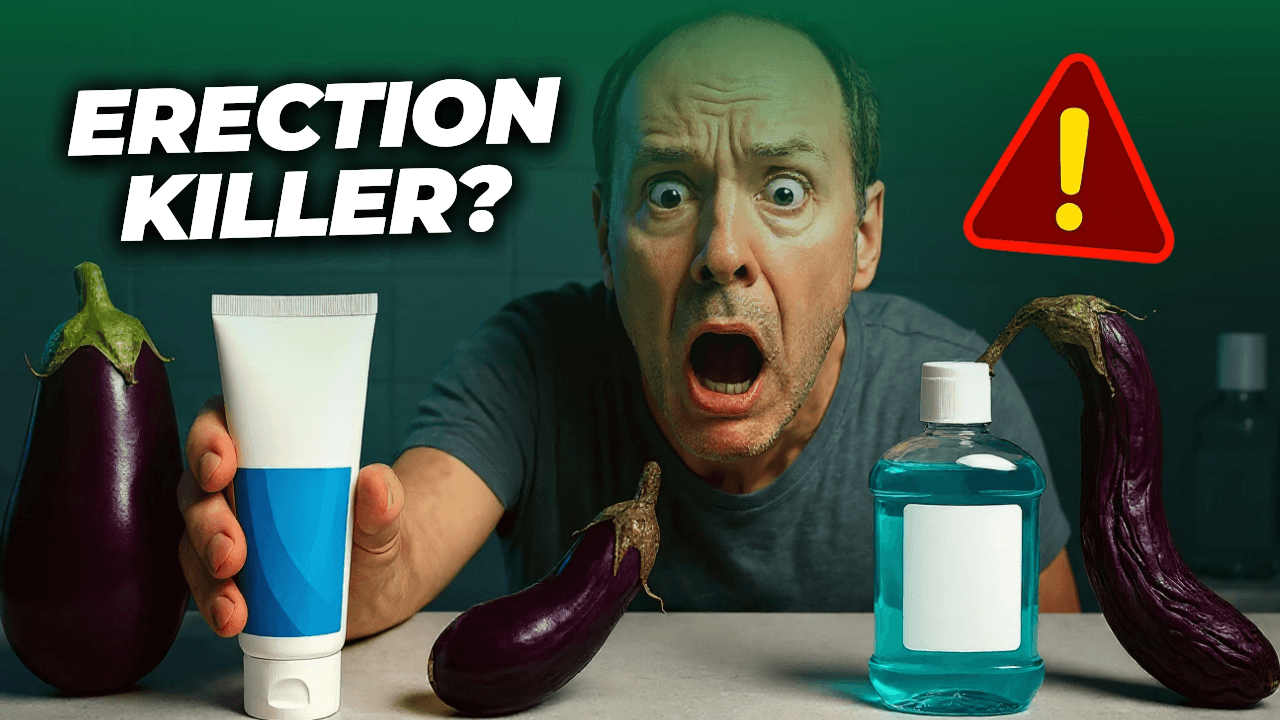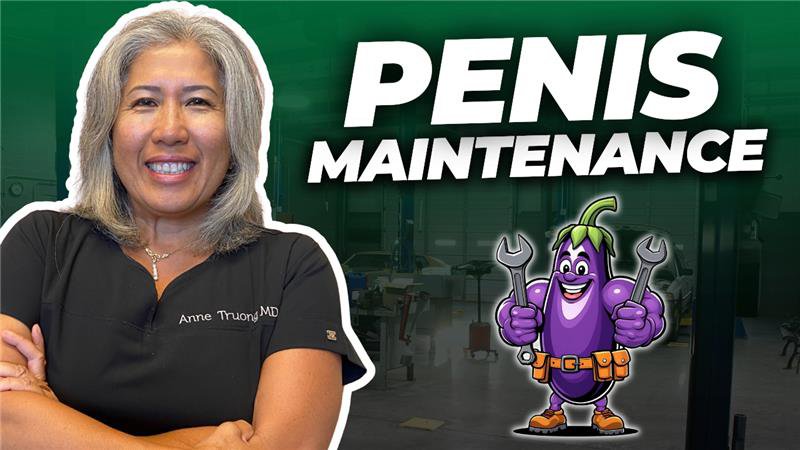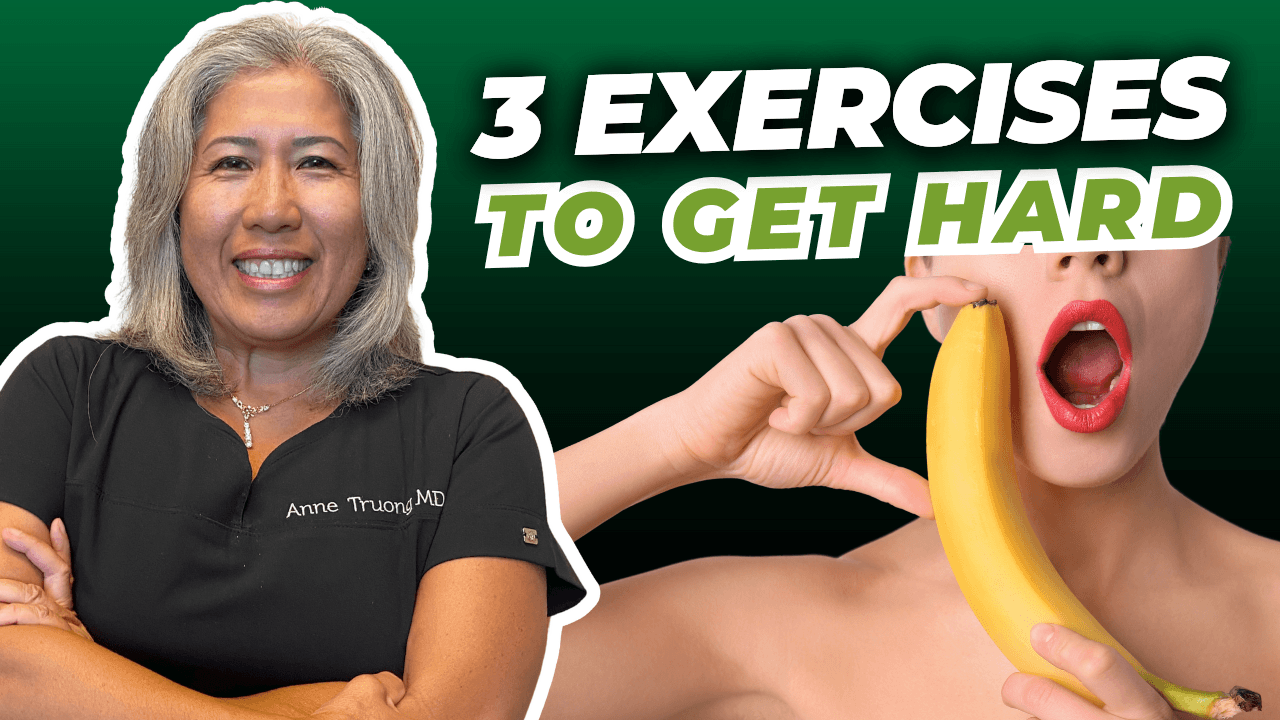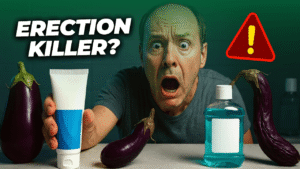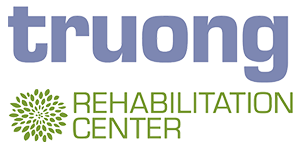All of the information coming at you about COVID-19 can be confusing and contradictory so I want to give you some facts and information that will help you make sense of all of the information coming at you. I’ve been on One America Network to talk about the COVID-19 (also known as coronavirus) and I’ve been collecting data from reliable sources such as the CDC, the WHO, and the Virginia Department of Health so I want to distill that information for you and give you a clear picture of what’s going on.
There’s a lot of fear and anxiety and if you’re feeling that I want you to know that you’re not alone. In fact, all of us are in this together worldwide. Because the numbers are always changing, refer to the CDC website to get up-to-date numbers on cases in the US.
So what is this Coronavirus?
This is the picture of the virus I know you’ve seen a lot. The spokes that you see are called the glycoprotein. Inside of the virus is a single strand of RNA, which is different from DNA. DNA is transcribed into an RNA and the Coronavirus has one single strand. This version of the Coronavirus is a new mutation which is why we call it the “Novel Coronavirus”. Experts believe that this virus was previously transmitted from bat to animal and in Wuhan, China it was transmitted from animal to human and is now being transmitted from human to human.
Symptoms
So what are the symptoms of Coronavirus versus other respiratory infections? We know that fever is present in 83%-98% of people that are infected and showing symptoms. About 76%-82% of infected people who are showing symptoms have a fever above 100 degrees followed by a dry cough. These symptoms are often followed by shortness of breath, headache, body aches, and pain. These symptoms appear gradually and it can take 2-14 days from the time of infection to have symptoms.You may even have mild sneezing, fatigue, and diarrhea but that is very rare.
Now if you just pay attention to the top three, which is a dry cough, the fever and the body aches, and you can differentiate that from the flu. How are allergies different? Well, with allergies you have the runny nose, sneezing, red swollen eyes, itchy eyes, itchy nose, and a tickle in your throat but rarely a fever.
With a cold you would have a runny nose, sneezing, a sore throat, body ache, but rarely a fever. With the flu, you would have a fever and would develop a dry cough but it’s a very quick onset. You may have a headache, sore throat, and fatigue. It is common for someone with the flu to have a fever and a dry cough but it’s rare that they would have shortness of breath.
What does social distancing mean?
Social distancing is a practice for reducing contact between people and it slows down the infection of the disease. The distance is about six feet because we know that droplets can travel three feet so you want to double that distance, about six feet. We’ve all been told to avoid social gatherings, concerts, theaters, athletic events, crowded retail stores, malls, the gym, visitors and non-essential workers in your house, church services, traveling, and mass transit. Take caution when going to a restaurant, grocery store, pharmacy, or playing tennis in the park. I played tennis in the park about a week ago but we kept our distance.
It is safe to take a walk, go for a hike, do yard work, and spend time outside away from other people. You have more time now than ever so clean out the garage or your house, read a good book, listen to music, learn how to cook, or start a family game night. A week ago, I played some games with my kids. We played Twister, Connect 4, and Monopoly. I haven’t played in decades, and it’s really given us a chance to connect again and explore, to talk to each other more.
You can also go for a drive in your car, do video chat, stream your favorite show, and check on a friend, and especially check on your elderly neighbor who may need your help. This is when we need to step up as a human being and look into our humanity. This is the time where we look beyond ourselves and take care of the people that are really needed at this point.
What does self-quarantine mean?
Self-quarantine means 14 days of quarantine. If you’ve been exposed to somebody that has a Coronavirus or who are at risk for coming down with COVID-19, this is when you should self-quarantine. Use standard hygiene and washing your hands frequently, not sharing your towels or utensils, stay at home, not having visitors, and stay at least six feet away from other people in your household. Once your quarantine is over, and if you do not have symptoms, follow your doctor’s instructions on how to return to normal routine. Now, it would be nice if we had kits that can test us and make sure that you are testing negative before you are back again but we don’t have enough for everyone at this time.
What’s isolation?
Isolation is when you do have a confirmed COVID-19 from the test kit. You’ll need to stay at home if you have mild symptoms or at the hospital, if you have severe symptoms. Severe symptoms include shortness of breath, lethargy, or chest pain that you require intensive evaluation and care. If you’re hospitalized you may be on continuous ventilation support or continuous nebulizer support in isolation. People taking care of you must wear personal protective equipment.
What do you do if you feel sick?
Step one, stay at home and call your doctor. Do not go to the ER unless you have severe shortness of breath, chest pain, or lethargy. Reduce your risk of spreading the illnesses. Do not go to work. Do not go to public places. Avoid public transportation. If your symptoms are severe and you need medical care, call before you go to the doctor’s office or urgent care or ER. Tell them how you feel so that way, they can prepare an isolation room for you. They can prepare themselves to have personal protective equipment.
Next, you’ll answer questions your doctor asks about your risk. Have you had close contact with somebody diagnosed with COVID-19? Have you been exposed to somebody within six feet? Do you have a fever or a cough or difficulty breathing? Has a public health officer said you were potentially exposed?
Be sure to follow your doctor’s instruction. You will be told that you need evaluation. If so, what to do next? Based on your risk for COVID-19, you may be recommended to continue to monitor your health and call back if you develop a fever or respiratory symptoms. Stay at home and await further instructions. Report to a designated medical facility for evaluation and treatment, it’s best to go along to your appointment. Do not bring your children or family members unless you need assistance. Go to the clinic or emergency department if you have more severe symptoms such as a high fever or shortness of breath.
If you do leave your home, wear a mask so your coughs and sneezes are less likely to infect others. Wash your hands thoroughly after sneezing, blowing your nose, coughing, using the bathroom, before preparing or even before eating food. If you cough or sneeze, do so in the back of your elbow, not in your hand. Use a tissue and throw it away afterwards. At home, clean often surfaces such as doors and door knobs, cabinet handles, bathroom hardware, tabletop, phone, tablets, keyboard with a disinfectant such as bleach or hydrogen peroxide and stay calm.
What’s personal protective equipment?
This is the N-95 mask here with goggles and the gown that you would wear as if you were going to go do surgery. It is incredibly important that we reserve face shields, N-95 masks, and other personal protective equipment for healthcare professionals because they are dealing with shortages.
Remember, it is important to take care of yourself physically, mentally, and emotionally and to make sure you’re helping others when possible. To stay up to date on COVID-19, refer to reputable sources like the CDC, the WHO, and your state health department.


